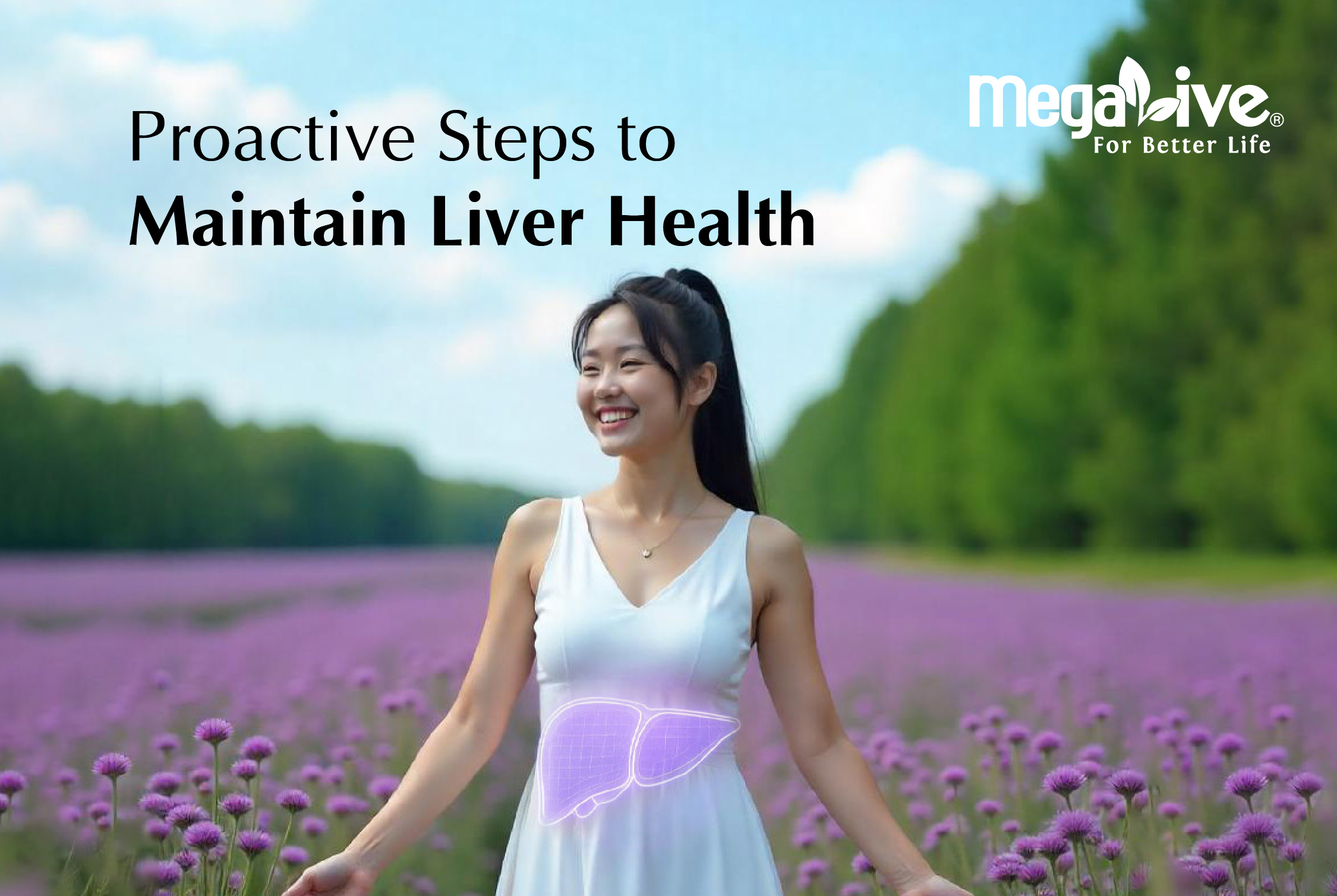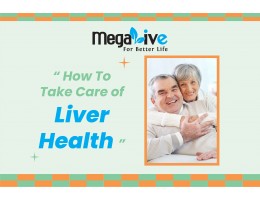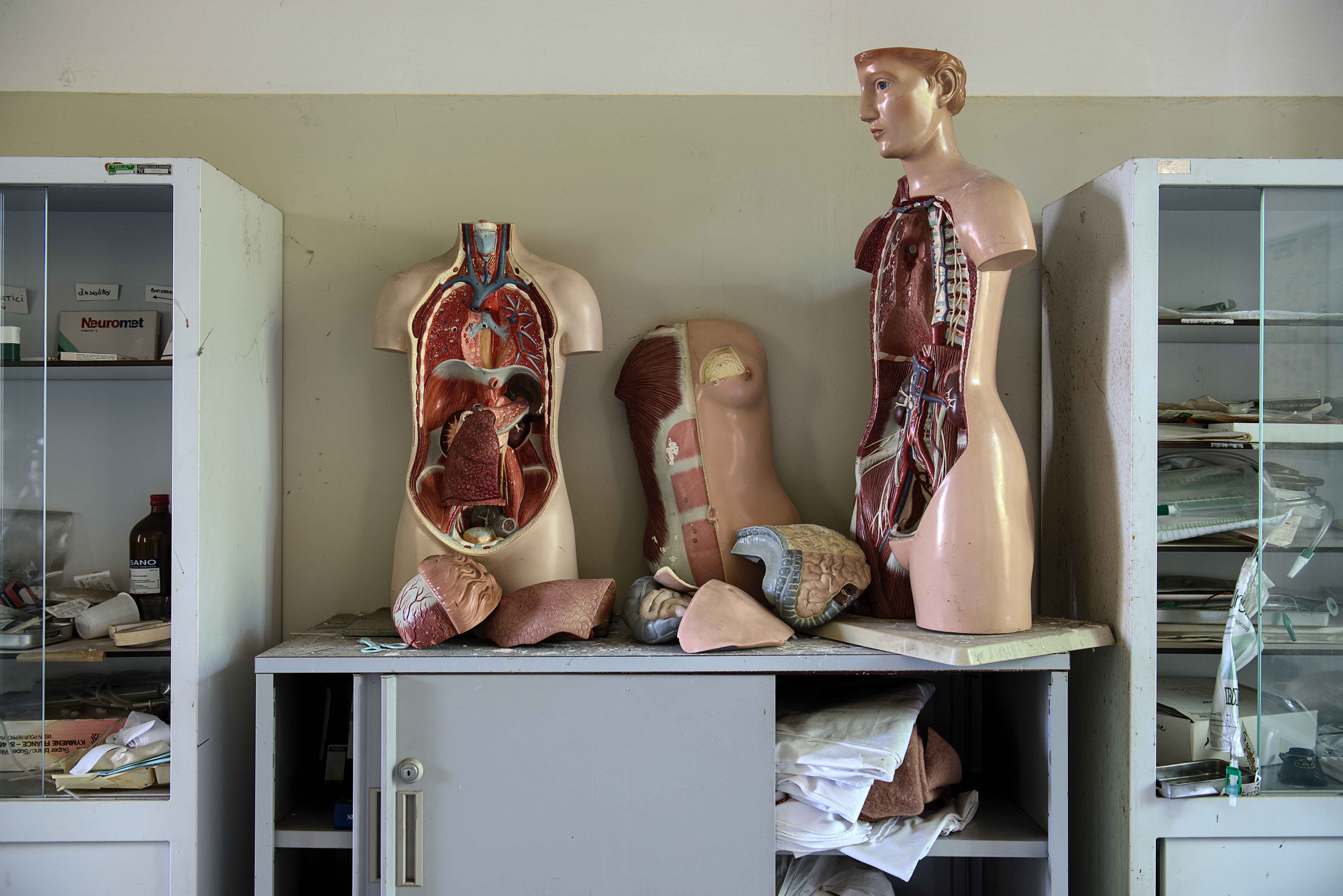Health Articles
Find out more about your health here from our health professionals!

Proactive Steps to Maintain Liver Health

The liver is one of the most vital organs in the human body, responsible for filtering toxins, metabolizing nutrients, and supporting digestion. However, poor lifestyle choices, an unhealthy diet, and certain medical conditions can put the liver at risk of disease. Taking proactive steps to maintain liver health can prevent serious complications and promote overall well-being. Here are some key ways to protect the liver and reduce the risk of liver disease.
1. Limit Alcohol Consumption
Excessive alcohol intake is a leading cause of liver damage, leading to conditions such as fatty liver disease, hepatitis, and cirrhosis [1]. It is recommended to:
-
Take alcohol-free days to allow the liver to recover.
-
Quit alcohol completely if diagnosed with liver disease to prevent further damage.
2. Practice Safe Medication Use
Overuse or misuse of medications, especially pain relievers like acetaminophen, can damage the liver. Always follow dosage recommendations, consult a doctor before mixing medications, and avoid self-medicating [2].
3. Incorporate Milk Thistle Extract
Milk thistle is an herbal supplement known for its potential liver-protecting properties. It contains silymarin, which supports liver health through its antioxidant activity [3]. Including milk thistle extract as part of a healthy routine may aid in maintaining liver function.
4. Get Enough Sleep
Quality sleep plays a crucial role in liver health. During sleep, the body undergoes essential repair and detoxification processes, helping the liver function optimally [4]. Aim for 7-9 hours of restful sleep each night to support overall liver function.
By making these lifestyle changes, individuals can safeguard their liver health and prevent the onset of serious liver diseases. A proactive approach ensures a longer, healthier life with optimal liver function.
References
-
World Health Organization. (n.d.). Alcohol. https://www.who.int/news-room/fact-sheets/detail/alcohol
-
U.S. Food and Drug Administration. (n.d.). Don’t Overuse Acetaminophen: https://www.fda.gov/consumers/consumer-updates/dont-overuse-acetaminophen#:~:text=But%20taking%20too%20much%20acetaminophen,take%20several%20days%20to%20appear
-
Gillessen, A., & Schmidt, H. H.-J. (2020). Silymarin as supportive treatment in liver diseases: A narrative review. https://pmc.ncbi.nlm.nih.gov/articles/PMC7140758/
-
Um, Y. J., Chang, Y., Jung, H.-S., Cho, I. Y., Shin, J. H., Shin, H., Wild, S. H., Byrne, C. D., & Ryu, S. (2021). Sleep duration, sleep quality, and the development of nonalcoholic fatty liver disease: A cohort study. https://pmc.ncbi.nlm.nih.gov/articles/PMC8528229/

Liver Health 101
The liver is the organ located in the upper right side of the abdomen, just below the diaphragm. It is the largest internal organ of the human body. The main roles of liver include removing toxins from the body, processing food nutrients, and helping to regulate body metabolism.
However, there are certain conditions that prevent liver from performing its vital functions including, accumulation of fat in the liver, misuse of alcohol, viral infection, iron or copper accumulation, toxic damage, and cancer.
Signs and symptoms of liver diseases
Certain types of liver disease such as non- alcohol fatty liver disease have no symptoms at all. For other liver conditions, the most common symptom is jaundice. Jaundice develops when the liver cannot clear a substance called bilirubin in the body hence making skin and the white eyes area appear yellowish.
Other symptoms include abdominal (belly) pain, bruising easily, changes in the color of the urine and stool, fatigue, nausea, or vomiting, swelling in the arms or legs (edema).
Once notice any of these symptoms it is best to seek immediate medical attention.
Causes of liver diseases
There are many causes of liver disease such as hepatitis virus infections, alcohol related liver disease, toxic effect from medication or/ and herbal medications, autoimmune disease, and congenital abnormalities such as accumulation of iron and copper in the body, or some rare enzyme disorders.
Diagnosis of liver diseases
Liver disease is diagnosed using several tests, including physical examination, medical history such as diet, consumption of alcohol, exposure to hepatitis infection, previous blood transfusions, tattoos, and family history of liver disease.
Other than these, blood test will also be conducted to test the levels of liver enzymes, jaundice, and the protein production capability of the liver.
Ultrasound scan of the abdomen (belly) will be conducted to check liver for abnormal lumps and assess fluid accumulation. Other scan including CT scan, MRI, and biopsy, a small piece of liver tissue is removed and examined under microscope in a laboratory to confirm the diagnosis will all be conducted in giving the precise diagnosis.
Treatment of liver diseases
Treatment depends on the cause of liver diseases, but among usual would be to avoid alcohol and any drugs that might damage the liver, consumption of well balance diet, consumption of prescribed medication to manage the disease and periodic removal of blood to bring iron levels down to normal in patient with haemochromatosis.
As for liver cancer, surgery, chemotherapy, and radiotherapy, or liver transplantation are the usual treatment given. In the case where liver is failing, liver transplantation are the usual treatments for liver cancer.
References
- Victoria. Better Health Channel. Liver. https://www.betterhealth.vic.gov.au/health/conditionsandtreatments/liver (Retrieved on November 9, 2022).
- Cleveland Clinic. Liver Disease. https://my.clevelandclinic.org/health/diseases/17179-liver-disease (Retrieved on Novemeber 9, 2022).
- Mayo Clinic. Liver Disease. https://www.mayoclinic.org/diseases-conditions/liver-problems/symptoms-causes/syc-20374502 (Retrieved on November 9, 2022).
-260x200.jpg)
NAFLD, what is that?
Fatty liver disease is a condition that affects obese and overweight people. Fatty liver disease means that you have fat inside your liver, which can affect liver functions and cause liver injury over time.
Fatty liver disease can be divided into two types. Individuals with just fat but no damage to the liver is referred to as Non – Alcoholic Fatty Liver Disease (NAFLD), whereas individuals with fat in the liver and signs of inflammation and liver cell damage, is called nonalcoholic steatohepatitis (NASH).
NAFLD is a silent disease with few or no symptoms at all, however you are at risk of having NAFLD if you are:
a. Obese or overweight individuals.
b. Have type 2 diabetes.
c. Have high blood pressure.
d. Have metabolic syndrome (combination of diabetes, high blood pressure, and obesity).
e. Over the age of 50.
f. Smoker.
Symptoms of NAFLD includes:
a. A dull or aching pain in the top right of the tummy (over the lower right sides of the ribs).
b. Excessive tiredness.
c. Unusual weight loss.
d. Weakness.
Doctors use blood test, imaging test, and liver biopsy to diagnose NAFLD and NASH and to differentiate these two.
NAFLD, on the other hand, usually does not cause any harm in the early stages, but as it progresses, it can cause serious liver damage, including cirrhosis, if it worsens.
Currently, there is no specific medication that can be used to treat NAFLD, but recommended treatments are usually associated with managing current risk factors such as high blood pressure, diabetes, and cholesterol.
Among lifestyle modifications that are highly suggested for NAFLD are losing weight by consuming a healthy diet, limiting processed, sugary and salty foods, exercise regularly, stop smoking, and cut down on drinking alcohol, though NAFLD is not caused by alcohol consumption but, it is advisable to cut down or stop drinking alcohol to not make it worse.
References
- National Health Service (NHS). Non-alcoholic fatty liver disease (NAFLD). https://www.nhs.uk/conditions/non-alcoholic-fatty-liver-disease/#:~:text=Non%2Dalcoholic%20fatty%20liver%20disease%20(NAFLD)%20is%20the%20term,cirrhosis%2C%20if%20it%20gets%20worse. (Retrieved on Nov 2, 2022).
- John Hopkins Medicine. Nonalcoholic Fatty Liver Disease. https://www.hopkinsmedicine.org/health/conditions-and-diseases/nonalcoholic-fatty-liver-disease (Info retrieved on Nov 2, 2022).
- National Institute of Diabetes and Digestive and Kidney Diseases. https://www.niddk.nih.gov/health-information/liver-disease/nafld-nash (Info retrieved on Nov 2, 2022).

How to take care of liver health
The liver is the body's largest organ. It is located in the upper right abdomen, just below the diaphragm.
Among the most essential functions of the liver are:
- Produces important substances such as turning fats into energy and creating albumin that helps to carry hormones and drugs.
- Get rid of bilirubin in bile, in which the accumulation of bilirubin can lead to jaundice.
- Removing waste products from the, such as alcohol and medicine.
- Regulating immune response.
- Helps in regulating the glucose level in the body.
With all these functions mentioned, it is extremely important to take care of the liver as it carries various functions in the body.

With all these functions mentioned, it is extremely important to take care of the liver as it carries various functions in the body.
Here are some tips to take care of your liver’s health:
- Be careful of alcohol intake. Consumption of alcohol can lead to liver scarring in which in the long run can lead to cirrhosis.
- Wash your produce and steer clear of toxins. Pesticides and other toxins can damage your liver. Always thoroughly wash your produce using salt, vinegar, or simply soak it in water to remove the external pesticides.
- Prevent hepatitis A, B, and C
For hepatitis A and B, it is best to get vaccination.
For hepatitis B and C, which can be transmitted by blood and other bodily fluids, practice safe sex to prevent it.
For hepatitis A, which is spread through contact with contaminated foods or water, frequent hand washing and the non-sharing of cutlery are vital.
- Maintain a healthy body weight. Being overweight and obese may increase your chances of developing non-alcohol fatty liver disease (NAFLD).
- Exercise frequently.




